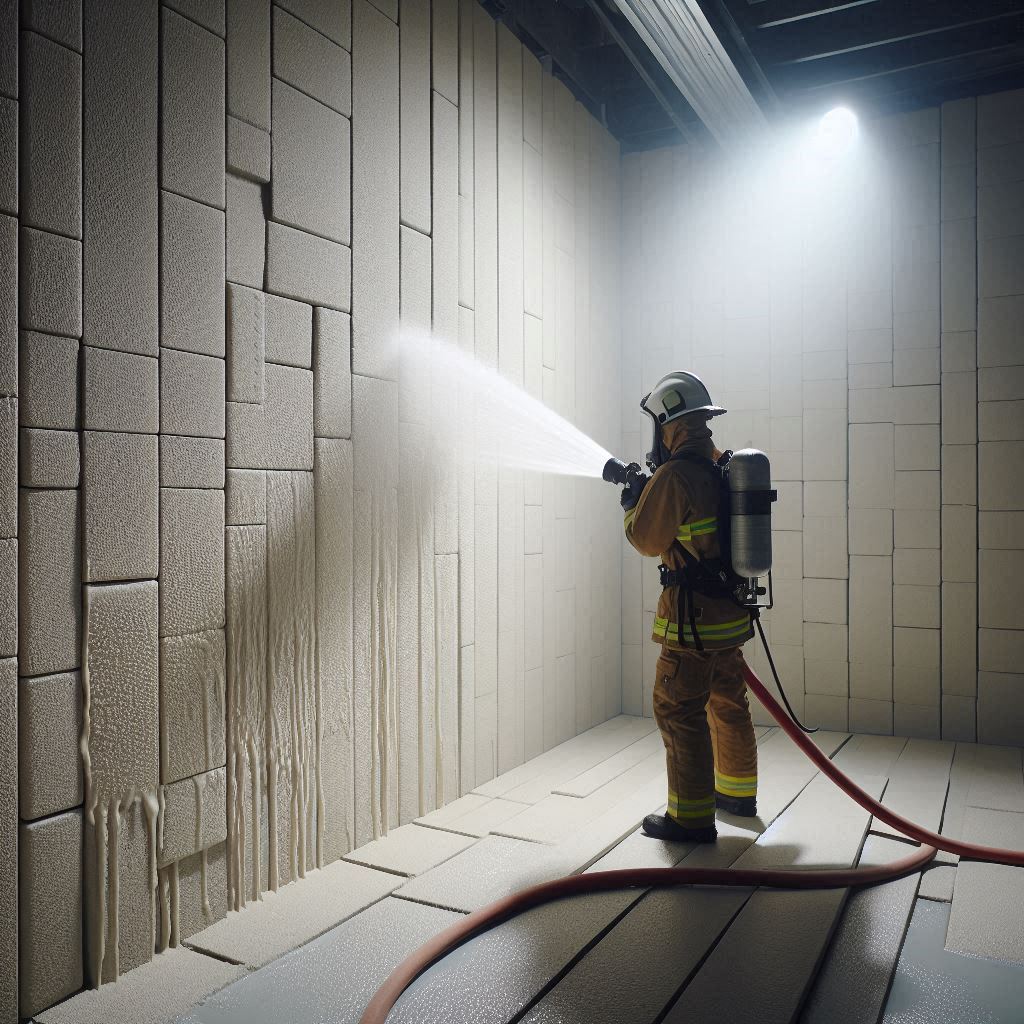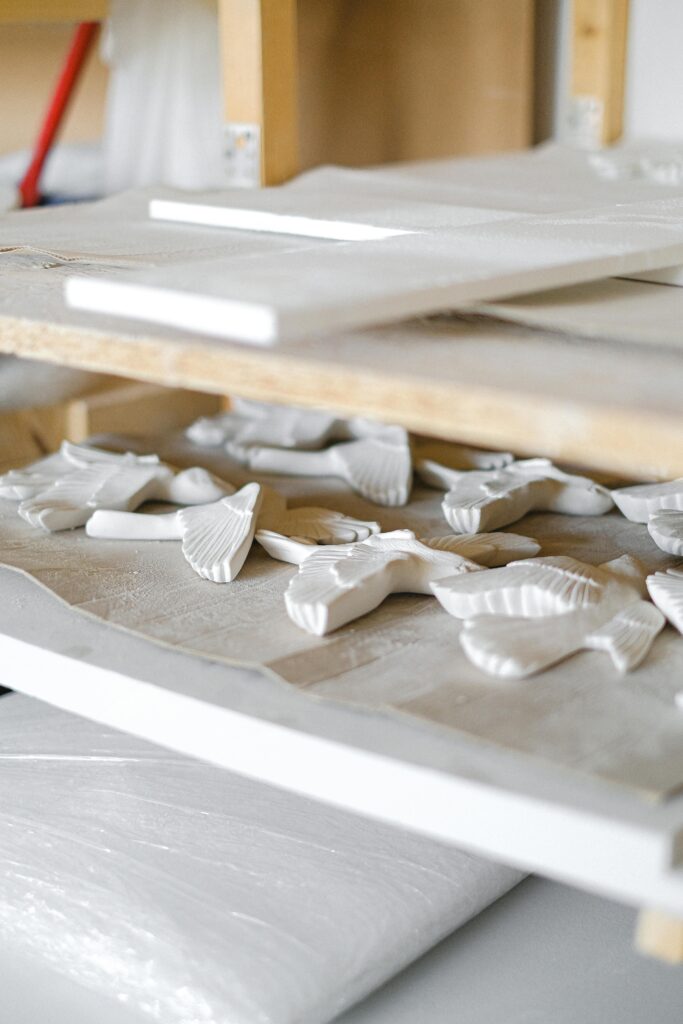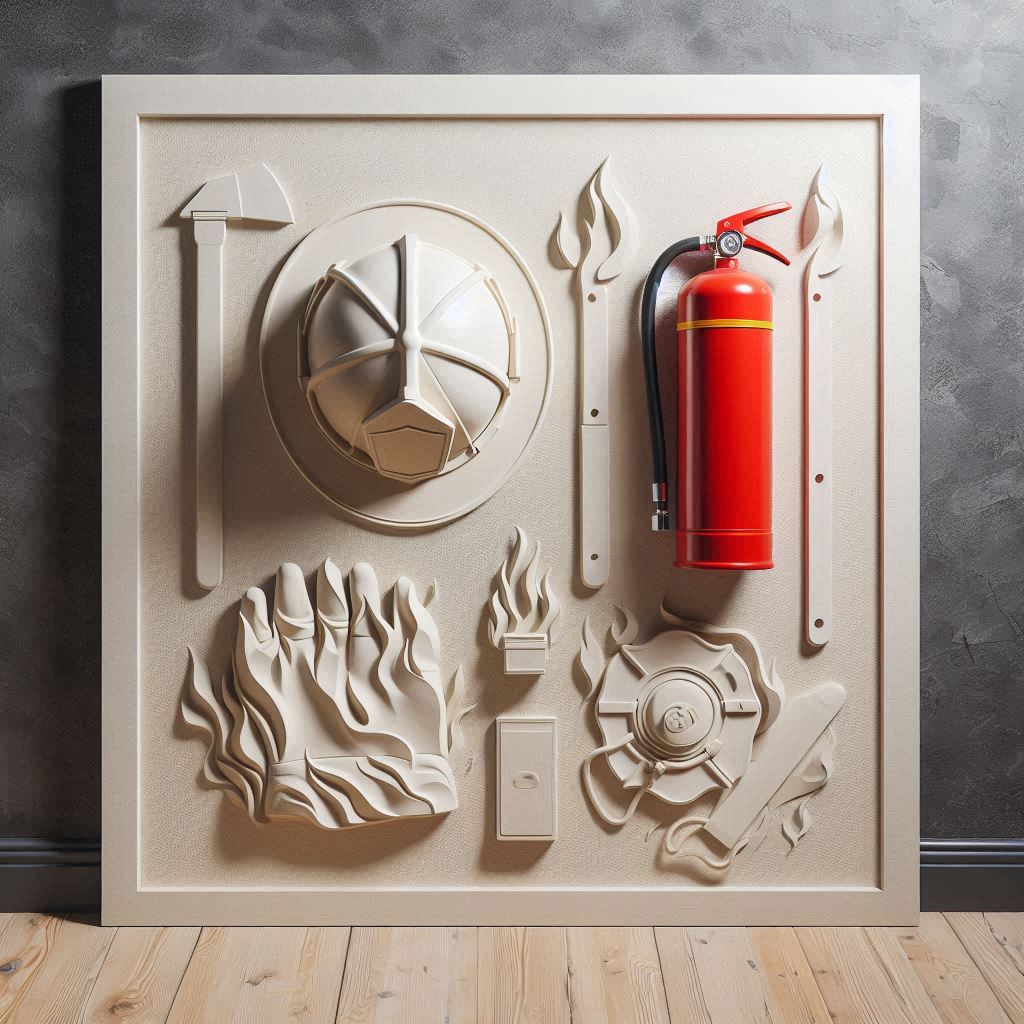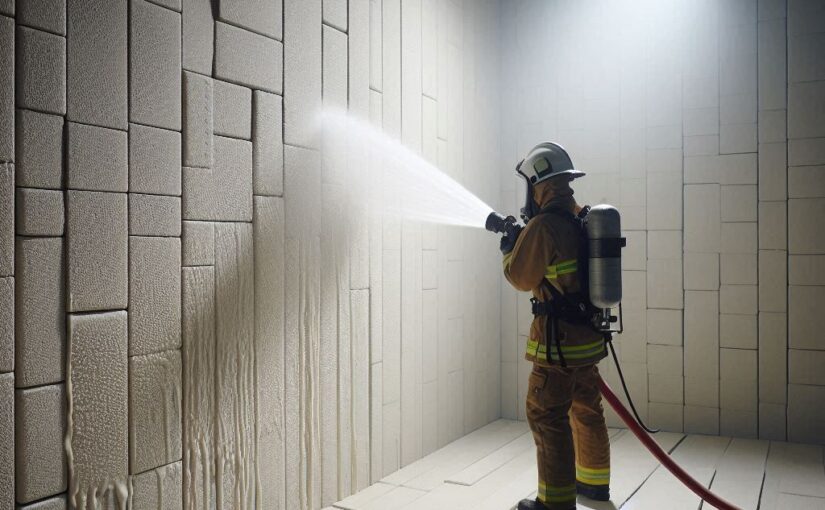In today’s construction and interior design industries, safety is as critical as aesthetics, and fire-resistant materials have become indispensable for enhancing building safety. Among these materials, fire-resistant gypsum partitions are particularly valued for their ability to provide robust fire protection while also being cost-effective and versatile. Used widely in both commercial and residential spaces, fire-rated gypsum wall partitions contribute to preventing the spread of fire, protecting occupants, and ensuring compliance with fire safety regulations. This article explores the science behind fire-resistant gypsum, breaking down its key components, types, applications, cost factors, and installation methods to help you understand why it is a preferred choice in creating safe interiors.
Understanding Fire-Resistance in Gypsum: How It Works
Fire-resistant gypsum wall systems are specifically engineered to withstand fire exposure for a designated period. This fire-resistance comes from the unique chemical properties of gypsum, a mineral with a naturally high moisture content. Gypsum contains approximately 20% water by weight, which is chemically bonded within its structure. When exposed to heat, this water is gradually released as steam through a process called calcination. This release of steam helps to cool the material, significantly slowing down the spread of flames.

Additionally, many fire-rated gypsum products incorporate materials like glass fibers, which act as reinforcements, providing extra structural stability even when exposed to high temperatures. The combination of these elements allows fire-rated gypsum partitions to maintain their integrity longer, giving occupants more time to evacuate and reducing the risk of fire spreading to other areas.
Key Components of Fire-Rated Gypsum Wall Systems
The fire-resistance of gypsum wall systems is achieved through several essential components:
- Gypsum Core: The gypsum core is the heart of the fire-resistance mechanism. As mentioned, it contains water that evaporates when exposed to fire, acting as a barrier against heat.
- Glass Fibers: Embedded within the gypsum, glass fibers prevent the wall from breaking apart under heat stress, maintaining its structural integrity and prolonging its fire-resistant properties.
- Additives: Certain fire-resistant gypsum boards are enhanced with special additives that increase fire resistance by slowing down calcination and improving durability.
- Protective Coverings: In some cases, fire-rated gypsum partitions are coated with protective materials to enhance their fire-resistance and shield the core from premature heat exposure.
These features make fire-resistant gypsum a reliable material in safeguarding buildings, especially in high-risk areas.
Types of Fire-Rated Gypsum Partitions
Fire-rated gypsum partitions come in various types, each suited for specific fire safety requirements and applications:
- Standard Fire-Rated Partitions: These are the most commonly used fire-resistant walls in commercial spaces, offering basic protection for office partitions, corridors, and common areas.
- High-Density Fire-Rated Partitions: Made for environments with heightened fire safety needs, high-density partitions offer greater durability and longer fire-resistance.
- Acoustic Fire-Rated Partitions: These partitions combine fire-resistance with soundproofing capabilities, ideal for locations requiring both privacy and fire safety, such as conference rooms and hospitals.
- Moisture-Resistant Fire-Rated Partitions: Designed for areas like kitchens and bathrooms, these gypsum boards resist both fire and moisture, maintaining integrity in high-humidity settings.
Selecting the right type depends on the specific fire-resistance and functional requirements of the space.

Commercial Applications of Fire-Rated Gypsum Partitions
In commercial buildings, fire-rated gypsum partitions provide critical safety functions. Common applications include:
- Office Spaces: Fire-rated partitions create secure office layouts, preventing fire from spreading rapidly between work areas and reducing the risk for employees and equipment.
- Public Buildings: Essential in corridors, exits, and other common areas, fire-resistant gypsum helps ensure that public facilities comply with fire safety standards.
- Industrial Settings: For high-risk areas such as manufacturing facilities, fire-resistant partitions provide a robust defense, especially in zones that handle flammable materials.
- Healthcare and Educational Institutions: Fire-rated walls are crucial in hospitals, schools, and universities to protect vulnerable populations and maintain compliance with safety codes.
By installing fire-rated partitions, commercial spaces prioritize occupant safety and reduce potential property damage.
Cost Factors of Fire-Rated Gypsum Partitions
The cost of fire-rated gypsum partitions depends on several factors:
- Material Quality and Specifications: Higher fire ratings, density, and additional features like moisture resistance increase costs.
- Thickness and Panel Size: Thicker and larger panels generally cost more but offer enhanced fire protection, making them a worthwhile investment for high-risk settings.
- Installation Complexity: Some installations, such as curved walls or customized designs, may require skilled labor and additional materials, raising the overall installation cost.
- Compliance with Local Fire Codes: Meeting specific building codes may require particular grades of fire-resistant gypsum, which can affect pricing.
Considering these factors, property owners and managers can balance safety needs with budget constraints.
Installing Fire-Resistant Gypsum Partitions
Proper installation is essential to ensure the fire-resistance effectiveness of gypsum partitions. The installation process typically involves the following steps:
- Pre-Installation Planning: This includes evaluating fire ratings based on room purpose and positioning walls for optimal fire safety. Architects and builders work together to determine the type and thickness of gypsum required.
- Panel Installation: Fire-rated gypsum panels are installed using special screws and metal framing to create a sturdy structure. Proper spacing and alignment are critical to maintain fire resistance.
- Sealing and Joint Finishing: Fire-resistant sealants are applied to cover joints and edges, preventing gaps that could allow heat or flames to pass through.
- Inspections: Post-installation inspections ensure that all partitions meet local fire safety standards and are installed correctly.
Correct installation not only guarantees the wall’s fire resistance but also supports compliance with safety regulations.

Comparing Fireproof Gypsum Wall Systems
When selecting a fireproof wall system, consider these factors:
- Fire-Rating Duration: Fire ratings typically range from 30 minutes to multiple hours. Longer fire ratings provide more time for evacuation and limit structural damage.
- Thickness and Density: Higher-density and thicker partitions are generally more effective in fire-resistance, making them ideal for high-risk areas.
- Cost and Maintenance: Choose fire-rated gypsum that fits both your budget and maintenance requirements, especially for large installations like office buildings.
- Environmental Impact: Many manufacturers now offer eco-friendly, low-emission fire-rated gypsum products, which may be preferred for green building projects.
These comparisons allow builders to choose materials that balance budget, performance, and sustainability.
Interior Design and Aesthetics with Fire-Rated Gypsum Partitions
Fire-rated gypsum wall partitions are available in various textures and finishes to blend seamlessly into interiors. Some aesthetic options include:
- Textured Finishes: Fire-rated gypsum walls can feature subtle textures, enhancing the look of commercial spaces without compromising safety.
- Paintable Surfaces: These partitions can be painted in any color, making it easy to integrate them into specific design schemes.
- Decorative Wall Treatments: Wall treatments such as laminates, wallpapers, or faux wood panels can be applied to fire-rated gypsum partitions, adding style to safety.
This flexibility ensures that designers can create visually appealing spaces while maintaining strict fire safety standards.
In the pursuit of building safety, fire-rated gypsum partitions offer a practical and effective solution. By understanding their scientific basis, commercial applications, installation process, and aesthetic versatility, builders and property owners can make informed choices that prioritize both safety and design. Fire-resistant gypsum wall systems not only meet regulatory requirements but also provide peace of mind for occupants and property managers. Whether installed in offices, public spaces, or high-risk areas, these partitions play an essential role in preventing fire-related accidents. Embracing fire-rated gypsum is a forward-thinking approach to building safety, helping to protect lives, property, and investments.

